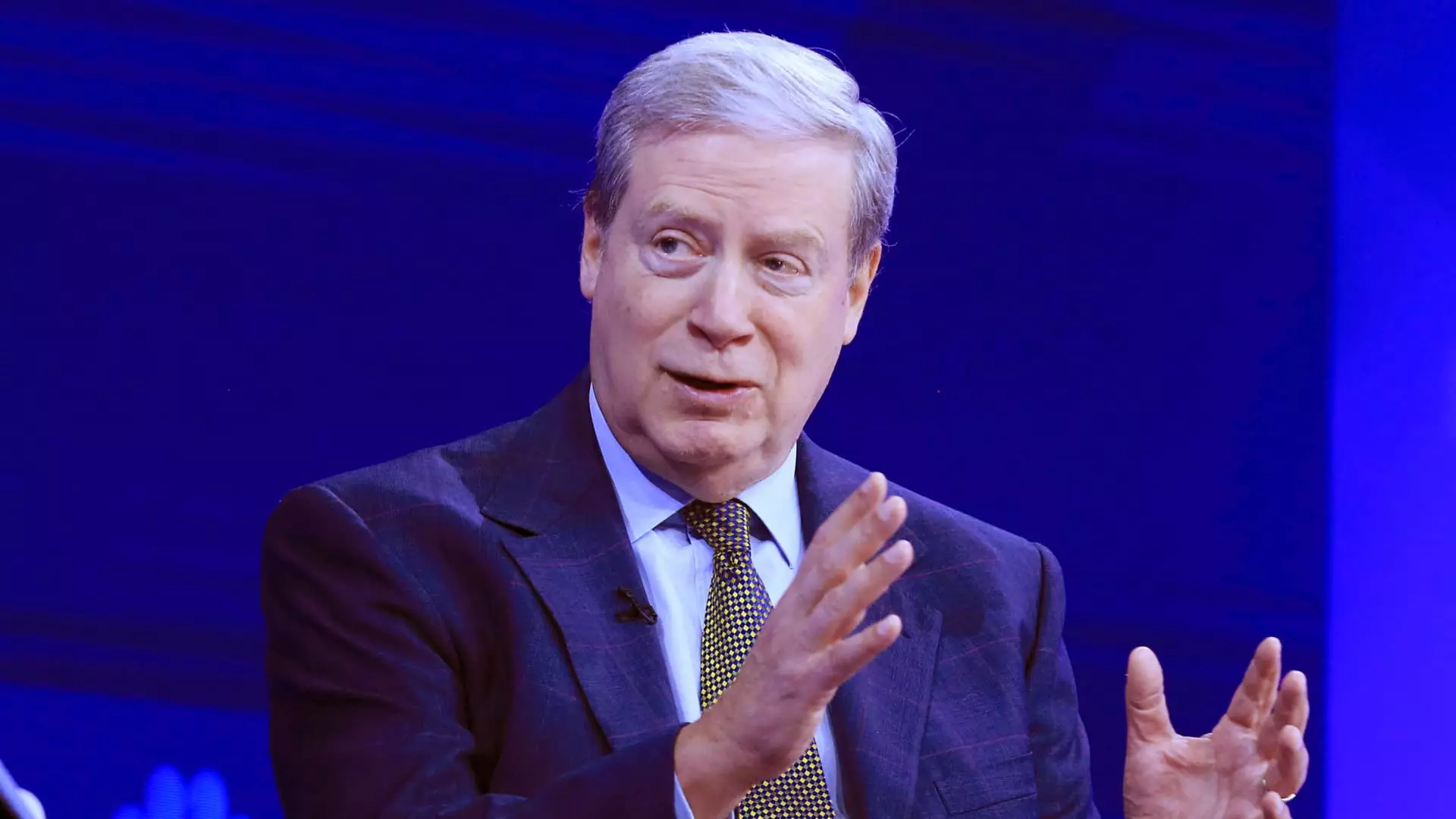In the ever-evolving landscape of financial markets, the implications of political events cannot be understated. Recently, billionaire investor Stanley Druckenmiller shared his insights on the market dynamics following Donald Trump’s re-election, which he perceives as a pivotal moment in restoring speculative enthusiasm and optimism among businesses. His commentary highlights the duality of economic possibilities and risks, emphasizing the complexity current conditions present for investors.
Druckenmiller’s perspective underscores a significant shift in the business climate. For nearly half a century, he claims to have witnessed a transition from an anti-business administration to one that is decidedly more favorable to corporate interests. By engaging with CEOs and leaders in various industries, he detected a sentiment that straddles relief and exhilaration. This shift, often described as a resurgence of “animal spirits,” points to an environment ripe for investment, driven by renewed confidence in potential growth.
Yet, the optimism expressed by Druckenmiller is not without caveats. He acknowledges that while the overall mood in the corporate sector has improved, investors must remain vigilant. His affirmation of growth isn’t a blanket endorsement of the stock market. Instead, he sounds a note of caution, particularly regarding rising bond yields that could undermine corporate profitability and stock valuations. This approach illustrates a nuanced understanding of market forces at play, recognizing the intricate balance between economic growth and its impact on other financial instruments.
Druckenmiller’s analysis reflects the intricate relationship between economic growth and bond yields. In his view, a robust economy could lead to an uptick in bond yields, complicating the overall market landscape. While a thriving economy boosts corporate earnings, it could simultaneously trigger higher interest rates as the Federal Reserve adjusts policy to contain potential inflation. This scenario poses a dilemma for investors: how to invest amidst such volatility?
He expresses skepticism about the notion that economic growth will seamlessly translate into favorable conditions for the stock market. With his focus on the complexities of the current economic environment, Druckenmiller encourages a more selective investment strategy, advocating for a focus on individual companies rather than indexing broadly. By concentrating on specific sectors or stocks poised to leverage emerging technologies, such as artificial intelligence, he aims to navigate the uncertain terrain effectively.
The immediate aftermath of Trump’s victory saw a considerable uptick in the S&P 500, surging nearly 6% in November. Such a rally stemmed from anticipated policy changes, including tax cuts and deregulation, which have historically buoyed risk assets like energy stocks and cryptocurrencies, notably Bitcoin. Druckenmiller’s analysis echoes this sentiment, highlighting the tangible impacts of political decisions on market trajectories.
However, as with any economic stimulus spurred by policy shifts, the potential for unintended consequences lurks in the background. Concerns surrounding Trump’s proposed tariffs, despite their potential to generate revenue, raise the specter of trade retaliation that could dampen market enthusiasm. Druckenmiller’s acknowledgment of these risks further illustrates the dual-edged nature of governmental policy on market health.
As the market adjusts to these changes, Druckenmiller specifies that the future lies in technological advancements that drive efficiencies. While he has divested from notable tech giants like Nvidia and Microsoft, his optimism toward companies integrating artificial intelligence into their operations speaks to a broader theme of capitalizing on innovation. This strategic focus on tech and productivity growth reflects a keen awareness of the evolving nature of competitive advantage in the market.
Thus, investors appear to face a multifaceted landscape—a combination of rejuvenated market spirits driven by favorable political climates and the caution necessitated by rising bond yields and potential trade conflicts. With Druckenmiller’s insights as a guiding light, stakeholders are encouraged to maintain a careful balance between embracing opportunities and mitigating risks in these taxing economic waters.
While optimism reigns in the wake of political changes, it is essential to approach investment decisions with a critical eye. The dual forces of economic growth and bond yields require a strategic response, urging investors to meticulously evaluate their positions and remain adaptable to the financial currents that lie ahead.


Leave a Reply